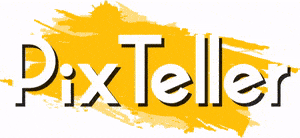From blank canvas to animated story: how online design tools empower creative brands
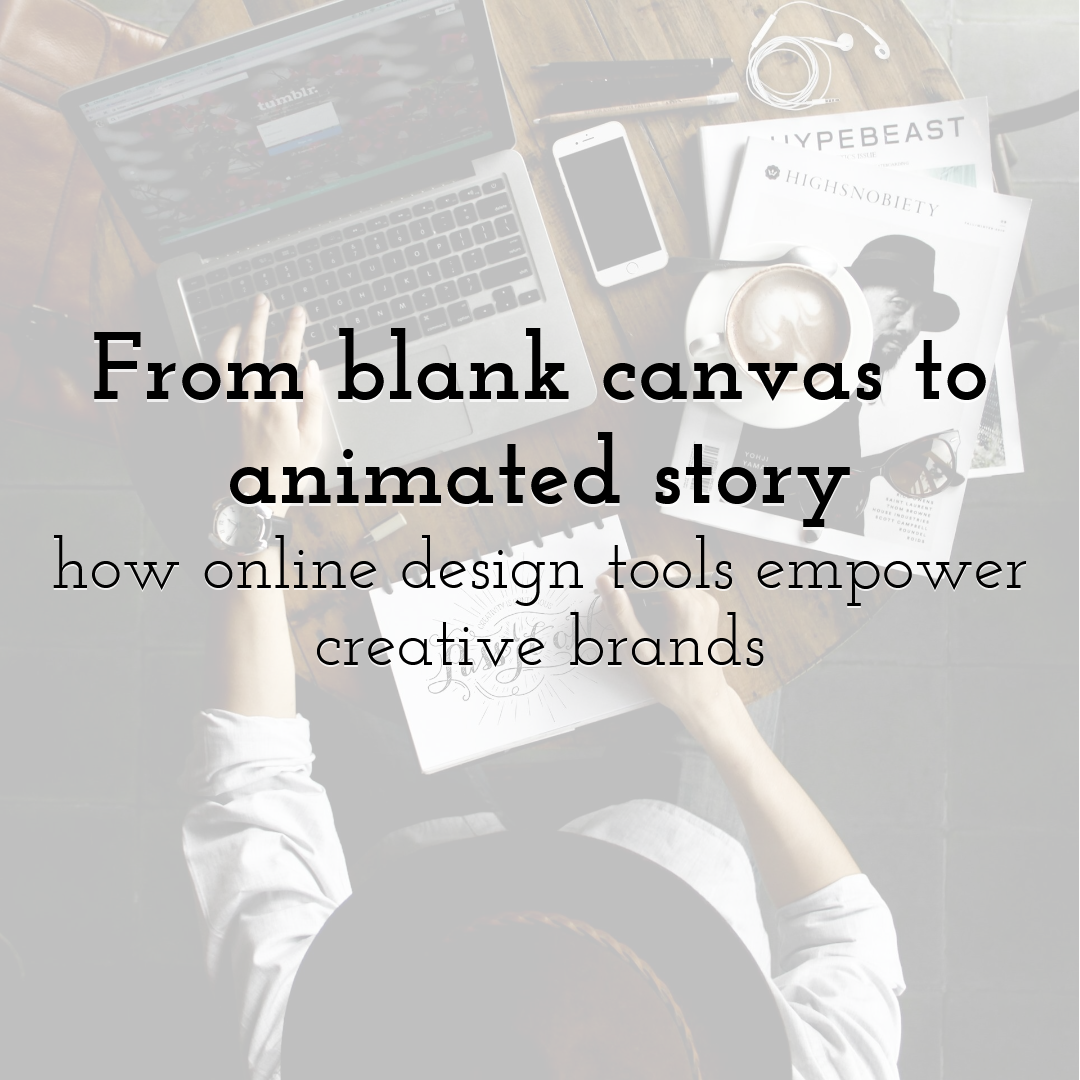
Every brand begins with a vision—sometimes a whisper of an idea, sometimes a storm of color and motion waiting to take shape. In the past, professional design required costly software and trained experts. Today, online design platforms have changed everything. With just a browser and imagination, anyone can create polished visuals. Reports show that over 80% of small businesses now use at least one online design tool to manage their visual marketing. Accessibility has become the new creativity.
Modern design no longer depends on mastering complex programs. Templates, drag-and-drop editors, and AI-driven features give beginners the confidence once reserved for professional designers. This democratization has sparked an explosion of digital storytelling—messages not just seen, but felt.
Animation Tools: Where Still Images Start to Breathe
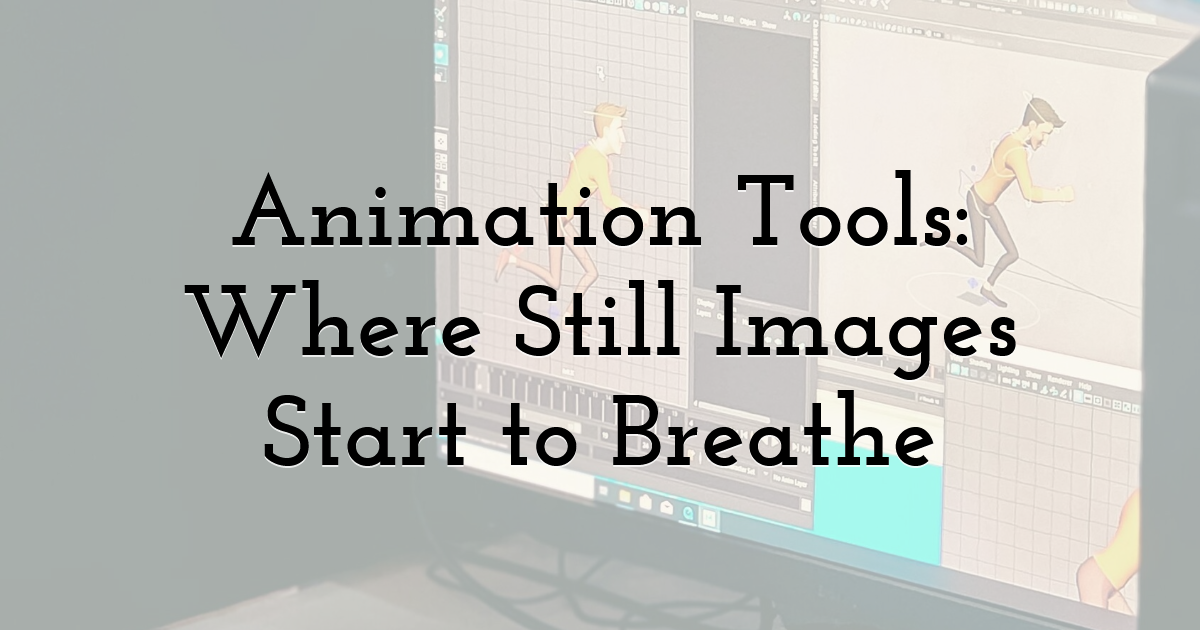
A logo that dances. A social media post that tells a micro-story in motion. Animation tools, integrated into most design platforms, have become the pulse of creative branding. Brands use them to grab attention in a feed full of noise. Studies suggest that animated content can increase engagement by 40–60% compared to static visuals. Movement captures the eye; story captures the heart.
These tools allow marketers to animate text, icons, and characters without coding. A few clicks can turn a bland promotional post into a vibrant clip fit for TikTok or Instagram Reels. What used to take days in a studio now happens in minutes online. The magic lies not in complexity but in rhythm—timing, transitions, and sound that give design a heartbeat.
Creative Branding in a Click-Driven Market
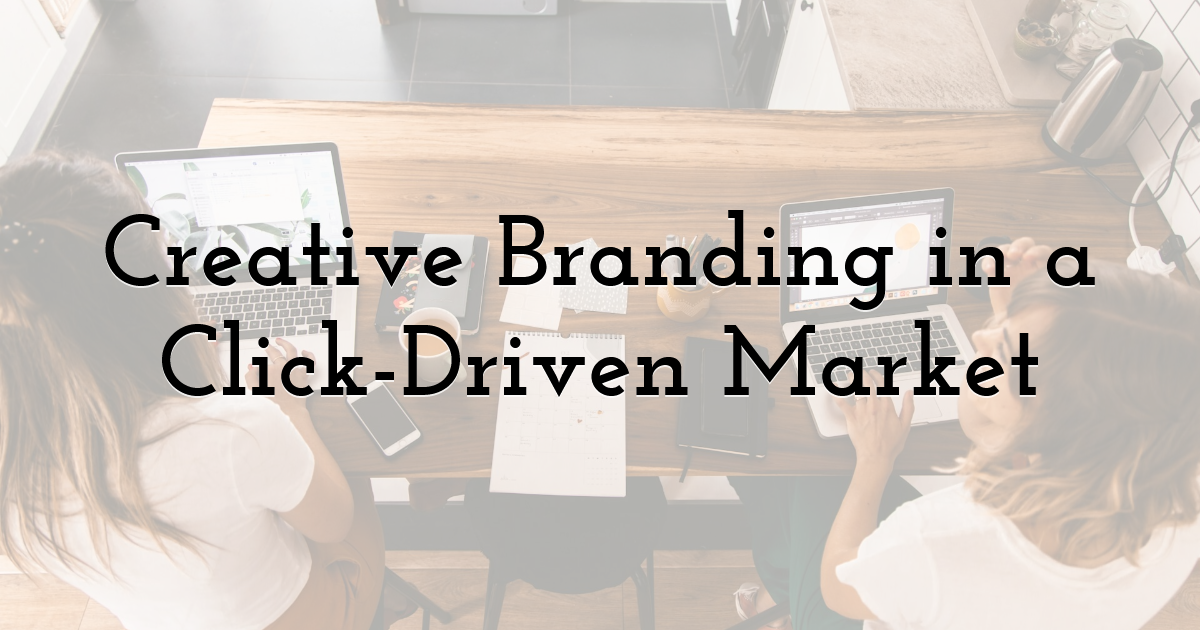
Branding has always been about emotion—about the first impression that lingers. Creative branding today is visual, agile, and endlessly iterative. With templates, online design systems guide users while leaving room for originality. Graphic templates serve as both inspiration and foundation: a structure that invites personal flair.
Yet templates are not constraints; they’re creative springboards. A brand can start with a ready-made layout and still emerge with something unique—an ad that feels authentic, a logo that feels alive. Through graphic templates, small teams can maintain professional consistency without hiring large design departments.
The focus shifts from the “how” to the “why.” Why this color? Why this motion? Why this font? Questions that used to be aesthetic now have marketing value. Consistency builds recognition; creativity builds love.
Digital Storytelling: The New Language of Connection

People don’t remember slogans—they remember stories. Digital storytelling has become the heartbeat of visual marketing. Through design, animation, and sound, brands now build emotional bridges with their audiences. A story told in one powerful image can travel faster than a written campaign.
Online design tools help structure these stories visually. A sequence of slides becomes a short film. A product demo turns into an experience. Each element—image, line, color, movement—carries a fragment of narrative. Digital storytelling thrives where design meets empathy.
A Small Detour: Math Solver App and the Logic of Design
Design, like mathematics, is about balance, proportion, and problem-solving. At first glance, a math solver app seems worlds apart from creative branding. Yet the connection is closer than it appears. A math solver app demonstrates how digital tools simplify complex processes through clear, user-friendly interfaces.
Just as the app guides users through equations step by step, design platforms guide creators through visual construction. Both rely on algorithms—one to calculate precision, the other to generate aesthetic harmony. In both, clarity matters. The interface becomes the silent teacher, enabling intuition.
Visual Marketing: Attention in the Age of Scroll
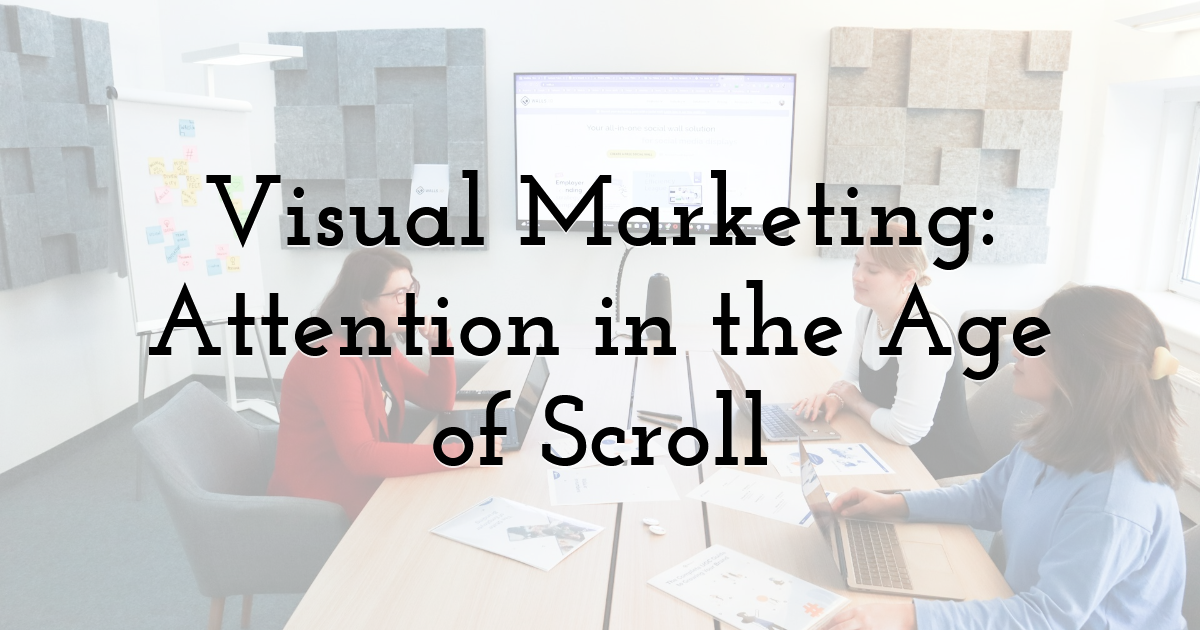
We scroll fast. We judge faster. In a landscape ruled by visuals, visual marketing becomes the art of instant storytelling. The brain processes images 60,000 times faster than text, and consumers recall visual content up to 80% better than written information. That’s why brands compete not just for visibility, but for memorability.
Online design tools and animation platforms help businesses produce high-quality visuals at speed. Product launches, infographics, banners, reels—all created in-house, often within hours. The results? Authenticity and agility. The audience no longer wants polished perfection; it wants relatability.
From Idea to Identity: How Tools Empower Creativity
Empowerment lies not in replacing designers but in expanding creativity. With online design platforms, start-ups, educators, and creators can craft their own identity from scratch. Collaboration features allow teams to co-create in real time—one editing text, another adjusting colors, a third animating the final scene.
Such accessibility creates a new kind of creative economy—one built on participation, not privilege. The small shop owner designing her first banner, the student creating an animated resume, the NGO building a digital campaign—all stand on equal digital ground.
The Future of Design is Human, Not Just Digital
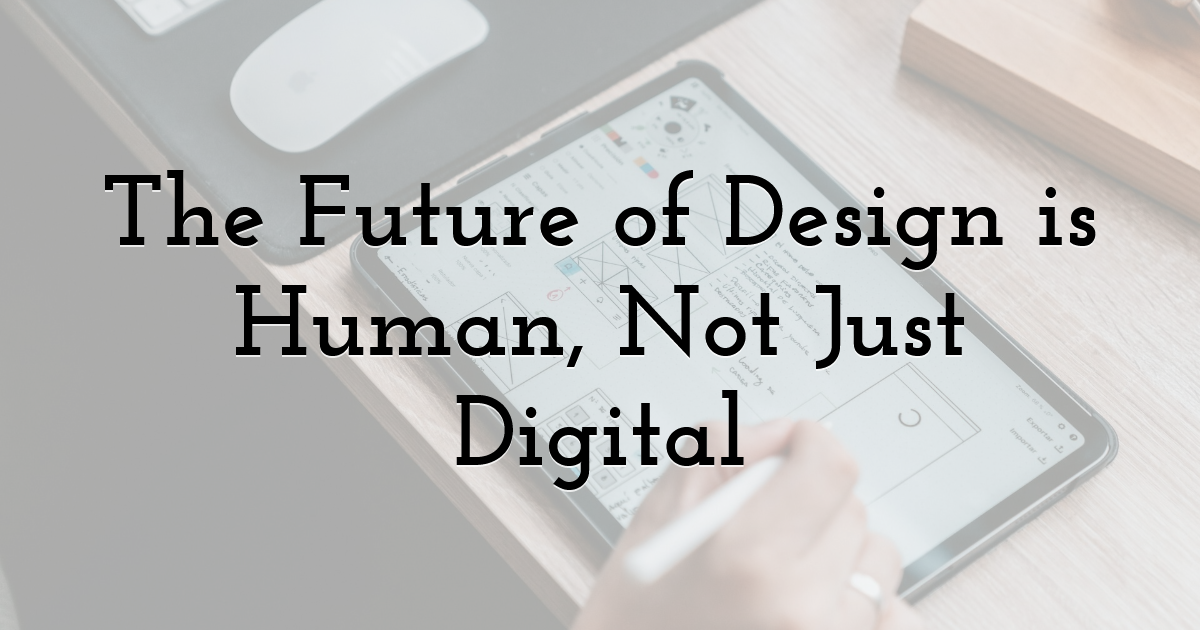
Automation may guide, but imagination decides. As AI integrates deeper into online design, personalization will grow sharper and stories more dynamic. But the soul of creative branding—emotion, curiosity, purpose—remains human.
The future is not a fight between technology and creativity; it’s a duet. One provides the rhythm; the other composes the melody. Together, they transform the blank screen into an animated story, turning pixels into meaning, and meaning into connection.
In this new era of visual expression, every brand becomes a storyteller, every design tool—a brush for digital dreams.
Until next time, Be creative! - Pix'sTory
Recommended posts
-

Common Pitfalls in Web Development Projects (And How to Avoid Them)
Read More › -

5 Mistakes in UX Writing that Ruin Customer Experience
Read More › -
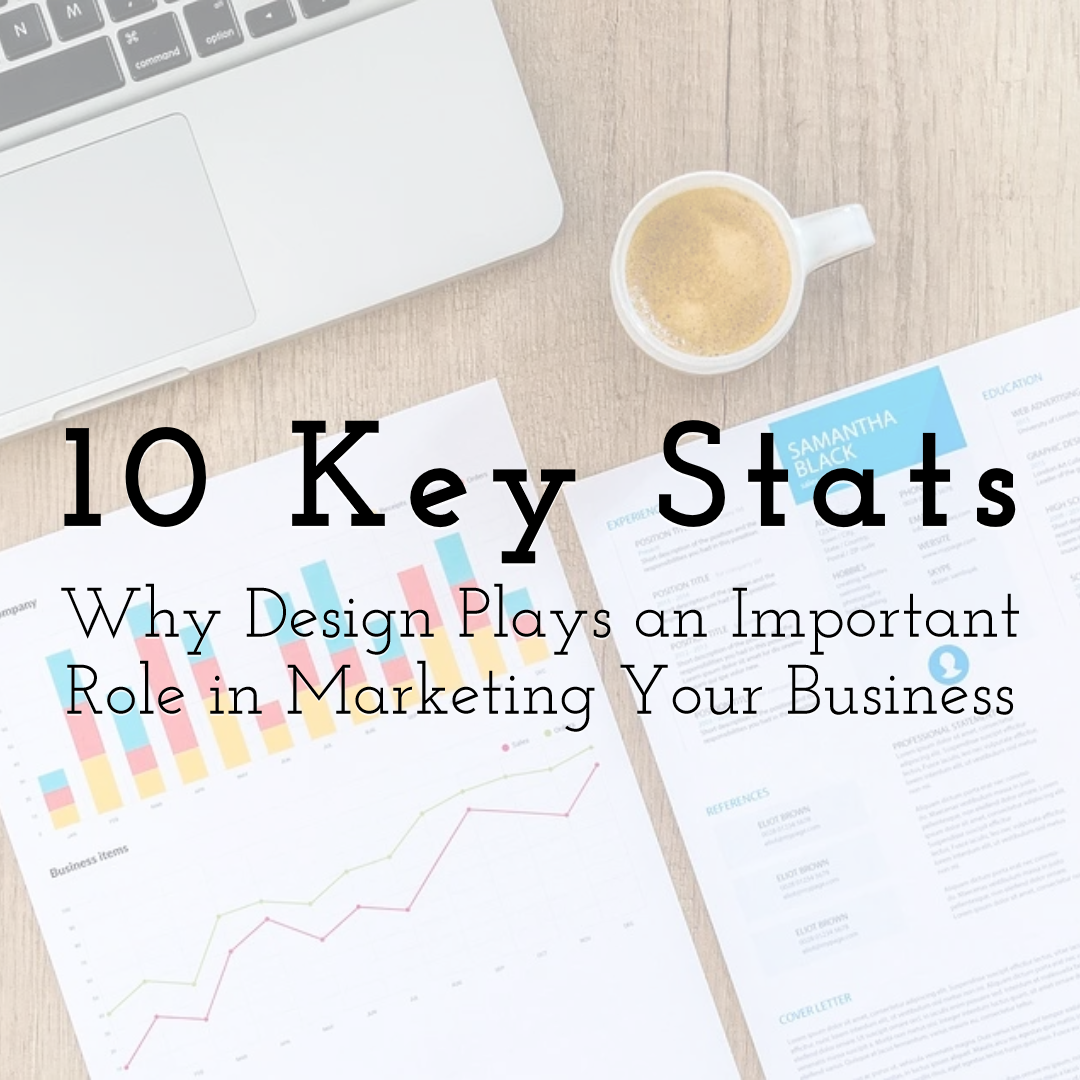
10 Key Stats Why Design Plays an Important Role in Marketing Your Busines...
Read More › -
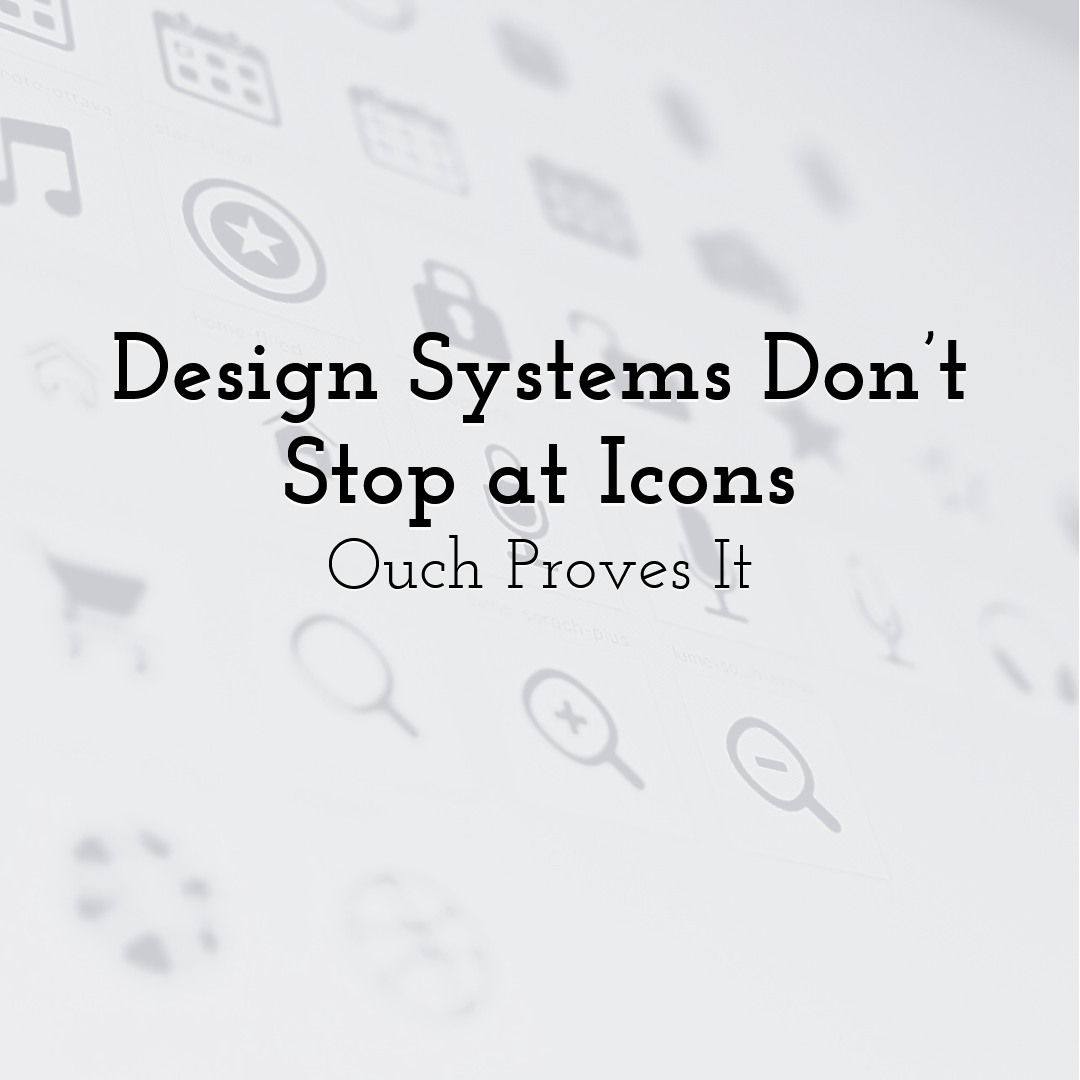
Design Systems Don’t Stop at Icons — Ouch Proves It
Read More › -
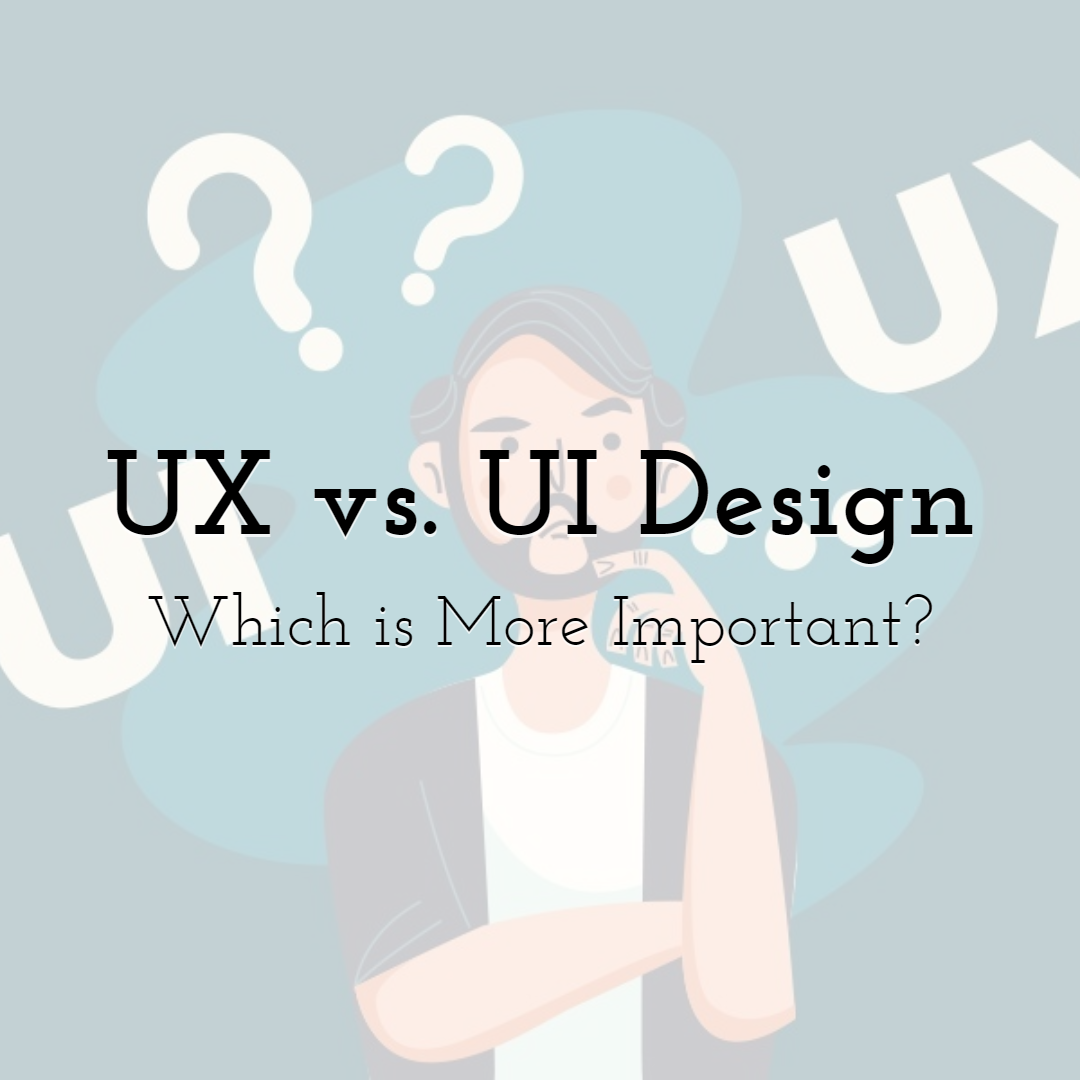
UX vs UI Design - Which is More Important?
Read More › -
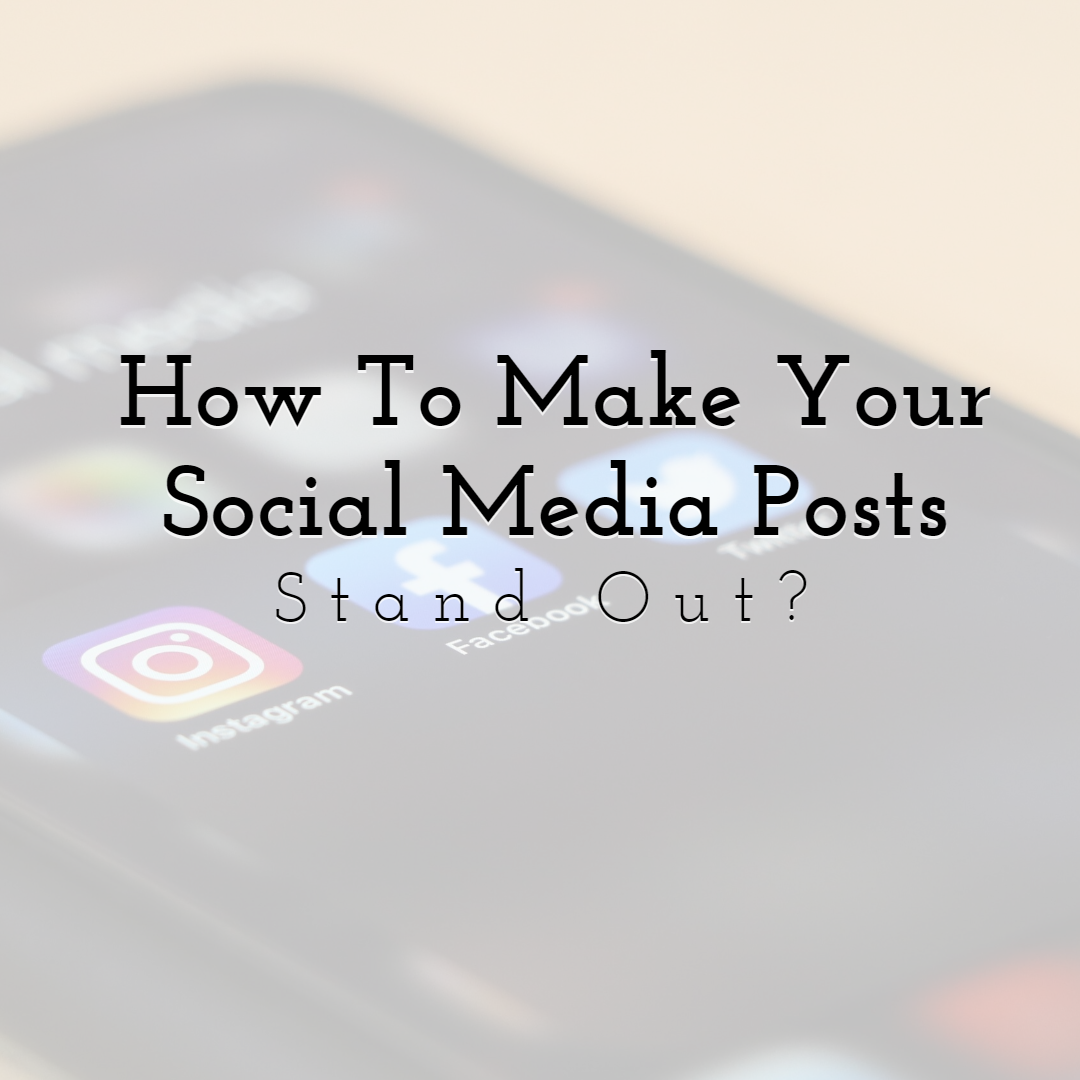
How to Make Your Social Media Posts Stand Out?
Read More ›
